The allure of the open road and the freedom that comes with van life has never been stronger.
But before you hit the road, there’s one pressing question: How much does a campervan really cost?
Whether you’re dreaming of a fully equipped, high-end adventure rig or a budget-friendly DIY project, understanding the costs involved is crucial.
This article is here to break down everything you need to know—from the price of the base van to the costs of converting it into your dream mobile home.
We’ll walk you through the expenses you can expect, whether you’re buying new or used, and give you a detailed look at what goes into a camper van conversion.
Types of Camper Vans Suitable for Conversion and Their Costs
When it comes to choosing a van for conversion, there are several popular models that stand out due to their space, reliability, and availability.
Each has its own set of advantages, and the right choice will depend on your specific needs and budget. Let’s take a closer look at some of the top contenders:
Promaster Van
The Promaster, by Ram, is a favorite with van conversions for its wide interior and relatively affordable price.
Its boxy shape makes it easier to build out, and the front-wheel-drive design offers better handling, especially in adverse weather conditions.
Sprinter Van
The Mercedes-Benz Sprinter is the gold standard of campervans, known for its reliability and ample cargo space.
It’s a bit more expensive than other options, but many consider it worth the investment due to its superior build quality and the prestige of the Mercedes brand.
Ford Transit

By Vauxford – Own work, CC BY-SA 4.0, https://commons.wikimedia.org/w/index.php?curid=69870499
Another solid choice, the Ford Transit, offers a good balance of price, features, and customization options.
It’s widely available and comes in various lengths and heights, giving you flexibility depending on how much space you need.
If you want a small camper van without a big investment – the Transit is an excellent budget-friendly choice to save money for a new build.
Other Popular Models
Don’t overlook options like the Nissan NV or the Mercedes Metris.
While they might not be as popular as the big three, they offer unique benefits, such as a more compact size or lower initial costs, which could be perfect depending on your plans.
New Van Costs
The cost of a new van can vary widely depending on the model, features, and whether you’re looking for a basic cargo van or something with more bells and whistles.
Promaster Van Costs
On average, a new Ram Promaster will set you back between $35,000 and $45,000, depending on the model and configuration.
The price can climb higher if you opt for additional features like advanced safety packages or a higher roof.
Sprinter Van Costs
The Mercedes-Benz Sprinter is a premium option, with prices ranging from $40,000 for a basic model to upwards of $60,000 for a fully loaded version.
While it’s one of the more expensive options, the Sprinter’s reliability and performance make it a popular choice for those looking to invest in a long-term adventure vehicle.
Other Vans (Ford Transit, Nissan NV, etc.)
The Ford Transit offers a more budget-friendly alternative, with new models starting around $35,000 and going up to about $50,000 for a more feature-rich version.
The Nissan NV and Mercedes Metris are typically priced in the same range, making them competitive options if you’re looking for something a bit different.
Used Van Costs
If you’re looking to save some money, buying a used van can be a smart move.
Not only do you avoid the steep depreciation that comes with driving a new vehicle off the lot, but you can also find some great deals if you’re willing to do a little searching.
Used Promaster Camper Van Costs:
You might find a used Promaster in decent condition for anywhere between $20,000 and $35,000, depending on its age, mileage, and overall condition.
Used Sprinter Camper Van Costs
A used Sprinter could cost you anywhere from $25,000 to $50,000, again depending on factors like mileage and how well it’s been maintained.
Other Popular Van Conversion Models
Used Ford Transits, Nissan NVs, and Mercedes Metris vans generally fall into a similar price range as the Promaster, with prices varying based on the specific vehicle.
Considerations When Buying Used
- Mileage: High mileage isn’t necessarily a deal-breaker, especially with vans known for their durability like the Sprinter. However, it’s important to consider the potential for future repairs and maintenance.
- Condition: Check for any signs of rust, wear and tear, or past accidents. These could indicate future issues that might end up costing you more in the long run.
- Previous Usage History: Vans previously used as fleet vehicles may have higher mileage but are often well-maintained. Conversely, a van used for personal travel may have lower mileage but could show signs of more wear and tear inside.
With a solid understanding of the base costs for both new and used vans, you’re one step closer to making an informed decision.
Next, we’ll delve into the costs of converting your chosen van into the campervan of your dreams, where the real fun (and budgeting) begins.
Camper Van Conversion Costs Breakdown
Once you’ve selected your base van, the next big step is turning it into a fully functional campervan.
This process can range from a simple, budget-friendly setup to a luxurious home on wheels, and the costs will vary accordingly. Here, we’ll break down the different aspects of conversion and what you can expect to spend.
DIY vs. Professional Conversion
One of the first decisions you’ll need to make is whether you want to take on the conversion yourself or hire professionals. Each option comes with its own set of costs and considerations.
DIY Camper Conversion Costs
Choosing to convert your van yourself can significantly reduce costs, but it requires a fair amount of time, skills, and patience.
For a DIY conversion, you’re looking at spending anywhere from $5,000 to $15,000, depending on the materials and equipment you choose. This includes everything from insulation and flooring to the electrical system and plumbing.
- Materials and Tools: Expect to invest in materials like insulation, plywood for walls and flooring, and tools if you don’t already have them. The cost of these materials can vary, but budgeting around $2,000 to $5,000 is a good starting point.
- Cost Savings: The biggest advantage of a DIY conversion is the potential savings. By sourcing materials yourself and doing the labor, you can control costs and possibly create a more personalized space.
- Time and Labor Investment: Keep in mind that a DIY conversion can take several months, especially if you’re working on it part-time. It’s a labor of love that requires dedication and a willingness to learn as you go.
Professional Conversion Costs
If DIY isn’t your thing, or you simply want a high-quality finish without the hassle, hiring a professional conversion company is the way to go.
Professional conversions typically range from $30,000 to $100,000 or more, depending on the level of customization and the materials used.
- Overview of Professional Services: Professional conversion companies offer a range of services, from basic builds that include essential features like insulation and flooring, to luxury conversions with high-end finishes, advanced electrical systems, and custom cabinetry.
- Price Ranges:
- Basic Conversions: $30,000 to $50,000. Includes essential features like insulation, flooring, basic plumbing, and electrical systems.
- Mid-Range Conversions: $50,000 to $80,000. Adds custom cabinetry, enhanced electrical setups, and more sophisticated plumbing systems.
- Luxury Conversions: $80,000 to $100,000+. Includes top-of-the-line materials, custom design work, and all the bells and whistles you could want in a mobile home.
Major Cost Components of a Conversion
Whether you’re going the DIY route or hiring professionals, understanding the major cost components of a conversion is key to budgeting effectively.
Let’s break down the essential elements that make up a campervan conversion.
Insulation and Flooring
Proper insulation is crucial for keeping your van comfortable in both hot and cold weather. It’s also one of the first steps in any conversion.
Materials like foam board, spray foam, or sheep’s wool are popular choices, with costs ranging from $500 to $1,500, depending on the size of your van and the type of insulation you choose.
- Flooring: Flooring is another important component, providing both comfort and durability. Vinyl planks, laminate, or even carpet can be used, with costs typically ranging from $300 to $1,000. The choice of flooring material will depend on your budget and the look you’re going for.
Electrical System
A reliable electrical system is essential for powering everything from lights to appliances in your campervan.
If you’re going for a simple setup with just a few lights and a small fridge, you might get away with spending $1,000 to $3,000.
However, a more advanced system with solar panels, lithium batteries, and a robust inverter can easily cost $5,000 to $15,000.
- Solar Panels: Solar panels are a popular option for off-grid power. A decent setup with a couple of panels and a charge controller can cost around $1,500 to $3,000.
- Batteries and Inverter: Lithium batteries are more expensive but offer better performance and longevity. A good battery setup might cost $2,000 to $5,000, with an inverter adding another $500 to $1,500.
Plumbing System
Installing a plumbing system in your van is another significant expense. This includes water tanks, a pump, a sink, and possibly a shower or toilet if your design includes one.
Basic plumbing setups can cost between $500 and $2,000, but if you want hot water and a more complex system, you could be looking at $3,000 to $6,000.
- Water Tanks: You’ll need at least two tanks—one for fresh water and one for grey water. These tanks usually cost around $100 to $300 each, depending on the size.
- Pump and Plumbing Materials: A water pump and necessary plumbing materials can add another $200 to $500 to your budget.
- Shower/Toilet: Adding a shower or toilet will significantly increase costs, especially if you want hot water or a composting toilet, which can cost between $1,000 and $2,000 alone.
Kitchen Setup
The kitchen is often the heart of a campervan conversion, and it’s where you can spend quite a bit depending on how elaborate you want it to be.
A simple kitchen setup might include a basic countertop, a small fridge, two storage drawers, and a portable stove, costing around $1,000 to $3,000.
- Cabinets and Countertops: Custom cabinetry and countertops can range from $1,000 to $5,000, depending on materials and design complexity.
- Appliances: A small fridge and stove can cost between $500 and $1,500, with higher-end models pushing the price even further.
- Kitchen Lighting: Small battery-powered lights or LED strip lighting can be used above your kitchen appliances for a low cost solution under $40.
Sleeping and Living Area
Creating a comfortable sleeping and living area is crucial for your van’s overall usability. Whether you’re building a simple bed platform or a more elaborate setup with seating and storage, costs can vary widely.
- Bed Frame and Mattress: A basic bed frame and mattress setup might cost $300 to $1,000, but if you want a convertible bed or custom storage solutions, expect to pay more.
- Seating and Storage: Seating arrangements, whether they double as beds or simply offer comfortable lounging space, can cost anywhere from $500 to $2,000. Adding storage compartments can increase the cost further.
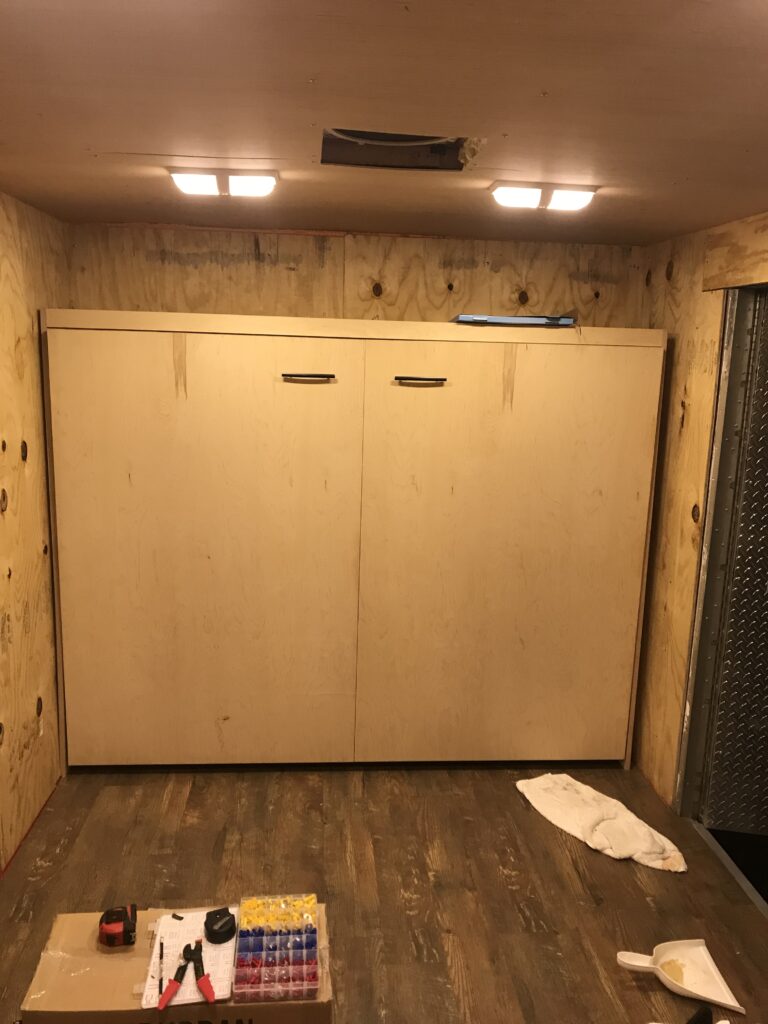
murphy bed that folds up
Additional Features
Finally, there are numerous optional add-ons that can enhance your campervan experience, each with its own extra cost implications.
- Roof Racks and Awnings: A roof rack might cost around $500 to $1,500, while an awning could add another $300 to $1,000.
- Custom Cabinetry: Custom cabinetry for additional storage or unique design features can range from $1,000 to $5,000.
- Upgraded Interior Finishes: Luxury finishes, like hardwood floors, high-end upholstery, or custom lighting, can push costs higher, potentially adding $2,000 to $10,000 or more to your total budget.
With all these components considered, it’s clear that converting a van into a camper can be as budget-friendly or as luxurious as you want it to be.
Whether you’re going the DIY route or hiring professionals, understanding these cost factors will help you plan and budget for your dream campervan conversion.
Next, we’ll explore some of the hidden costs and miscellaneous expenses you should be aware of as you embark on this exciting journey.
Hidden Costs and Miscellaneous Expenses
When budgeting for your campervan conversion, it’s easy to focus on the big-ticket items like the van itself or the conversion materials.
However, there are a number of hidden costs and miscellaneous expenses that can add up quickly. Being aware of these potential costs will help you avoid any unpleasant surprises down the road.
Insurance
Insuring your campervan is essential, but the cost can vary widely depending on the type of coverage you choose and your specific circumstances.
- Van Insurance
Your campervan will need basic vehicle insurance, just like any other car or truck. The cost will depend on factors such as the make and model of the van, your driving record, and your location. For a standard van, you might pay anywhere from $1,000 to $3,000 per year for full coverage. - Campervan Conversion Insurance
Once your van has been converted, you’ll want to consider additional insurance to cover the value of the conversion. This can be especially important if you’ve invested heavily in custom features or expensive materials. Campervan conversion insurance can add another $500 to $2,000 to your annual insurance costs, depending on the value of the conversion and the coverage level.- Factors Affecting Premiums: Insurance companies will consider the value of the conversion, how often you plan to use the campervan, and whether you’ll be living in it full-time or part-time. All of these factors can influence your premium, so it’s important to shop around and find the best coverage for your needs.
Registration and Licensing Fees
In addition to insurance, you’ll need to budget for registration and licensing fees, which vary depending on where you live.
- Registration Costs
Registering a converted campervan can be more expensive than a standard vehicle, especially if it’s classified as an RV or motorhome. Depending on your state or country, you could be looking at registration fees ranging from $100 to $1,000 annually. Some places might also require special inspections or certifications if the van has been significantly modified, which can add to the cost. - Licensing Fees
Licensing fees, including any necessary permits or certificates, can also vary widely. For example, if you plan to rent out your campervan when you’re not using it, you might need a commercial license, which could add to your expenses. Make sure to check your local regulations and factor in any additional costs related to licensing.
Maintenance and Repairs
Keeping your campervan in good condition is key to enjoying worry-free travels. However, maintenance and repairs are often overlooked when budgeting for a campervan conversion.
- Regular Upkeep Costs
Regular maintenance is essential for any vehicle, but it’s especially important for campervans, which are often driven long distances and under varying conditions. Routine maintenance—like oil changes, tire rotations, and brake checks—can cost anywhere from $500 to $1,500 per year, depending on the type of van and how much you drive. - Common Issues and Their Potential Costs
Campervans, like all vehicles, can experience wear and tear, particularly if you’re frequently on the road. Common issues might include:- Brake and Suspension Repairs: Due to the added weight of a conversion, brakes and suspension components may wear out faster than on a standard vehicle. Repairs can cost $500 to $2,000, depending on the extent of the damage.
- Plumbing and Electrical Repairs: If something goes wrong with your plumbing or electrical system, repairs can be costly. Replacing a water pump, for example, might cost $200 to $500, while electrical issues could range from $100 for minor fixes to several thousand dollars for more extensive work.
Unexpected Costs
No matter how well you plan, there are always unexpected costs that can pop up during a campervan conversion. Being prepared for these surprises can help you avoid stress and financial strain.
- Dealing with Unforeseen Expenses
Whether it’s discovering rust under the van’s flooring or realizing you need a more powerful electrical system than originally planned, unforeseen expenses are almost inevitable. It’s a good idea to set aside an emergency fund—ideally 10% to 20% of your total budget—to cover any unexpected costs that arise during the conversion process. - Impact of Delays and Setbacks
Delays in receiving materials, unexpected issues with the van’s mechanics, or needing to redo parts of the conversion can all add time and money to your project. Be sure to account for potential setbacks when planning your timeline and budget. If you’re hiring professionals, remember that delays can also increase labor costs.
Real-World Examples and Case Studies
To give you a clearer picture of what a campervan conversion might cost, let’s look at some real-world examples and case studies. These examples will help you understand the range of possibilities, from budget builds to luxury conversions, and what you can expect to spend in each scenario.
Example 1: Budget Build
Let’s start with a budget-friendly DIY conversion. Imagine you’ve purchased a used Ford Transit for $20,000 and have a tight budget of $10,000 for the conversion.
- Van Cost: $20,000
- Conversion Cost: $10,000
- Insulation and Flooring: $1,500
- Electrical System: $3,000 (basic solar setup, battery, and inverter)
- Plumbing System: $1,000 (basic water system without hot water)
- Kitchen Setup: $2,000 (simple cabinetry, portable stove, and small fridge)
- Sleeping Area: $1,000 (bed frame, mattress, and basic storage)
- Miscellaneous: $1,500 (tools, unexpected expenses)
Total Cost: $30,000
This example demonstrates how a budget-conscious DIYer can create a functional and comfortable campervan without breaking the bank. While there are some compromises on features, the end result is a livable and enjoyable space.
Example 2: Mid-Range Build
Now, consider a mid-range build with a mix of DIY and professional help. You’ve bought a new Ram Promaster for $40,000 and have set aside $40,000 for the conversion.
- Van Cost: $40,000
- Conversion Cost: $40,000
- Insulation and Flooring: $3,000
- Electrical System: $8,000 (more advanced solar setup with lithium batteries)
- Plumbing System: $5,000 (includes a hot water system and a shower)
- Kitchen Setup: $7,000 (custom cabinetry, full-sized fridge, and built-in stove)
- Sleeping and Living Area: $10,000 (convertible seating, custom bed, and additional storage)
- Additional Features: $7,000 (awning, roof rack, and upgraded finishes)
Total Cost: $80,000
This mid-range build offers a significant upgrade in comfort and amenities while still keeping costs reasonable. The mix of DIY and professional help allows for a custom design without the high costs of a fully professional conversion.
C. Example 3: Luxury Build
Finally, let’s explore a luxury build where no expense is spared. You’ve chosen a new Mercedes-Benz Sprinter for $55,000 and have a budget of $100,000 for a top-of-the-line professional conversion.
- Van Cost: $55,000
- Conversion Cost: $100,000
- Insulation and Flooring: $5,000 (premium materials for maximum comfort)
- Electrical System: $20,000 (state-of-the-art solar setup, lithium batteries, and advanced electronics)
- Plumbing System: $10,000 (includes a full bathroom with a shower, toilet, and hot water system)
- Kitchen Setup: $15,000 (high-end appliances, custom cabinetry, and countertops)
- Sleeping and Living Area: $25,000 (luxury seating, memory foam mattress, and extensive storage)
- Additional Features: $25,000 (custom lighting, advanced climate control, high-end finishes, and tech integration)
Total Cost: $155,000
This luxury build represents the pinnacle of campervan living, with no compromises on comfort, technology, or design.
It’s a significant investment but results in a mobile home that offers all the amenities and luxuries of a traditional home, making it perfect for full-time living or extended travels.
With these real-world examples, you can see how the cost of a campervan conversion can vary widely depending on your choices and budget.
Whether you’re going for a simple, budget-friendly build or a high-end luxury conversion, careful planning and budgeting are key to creating the campervan of your dreams.


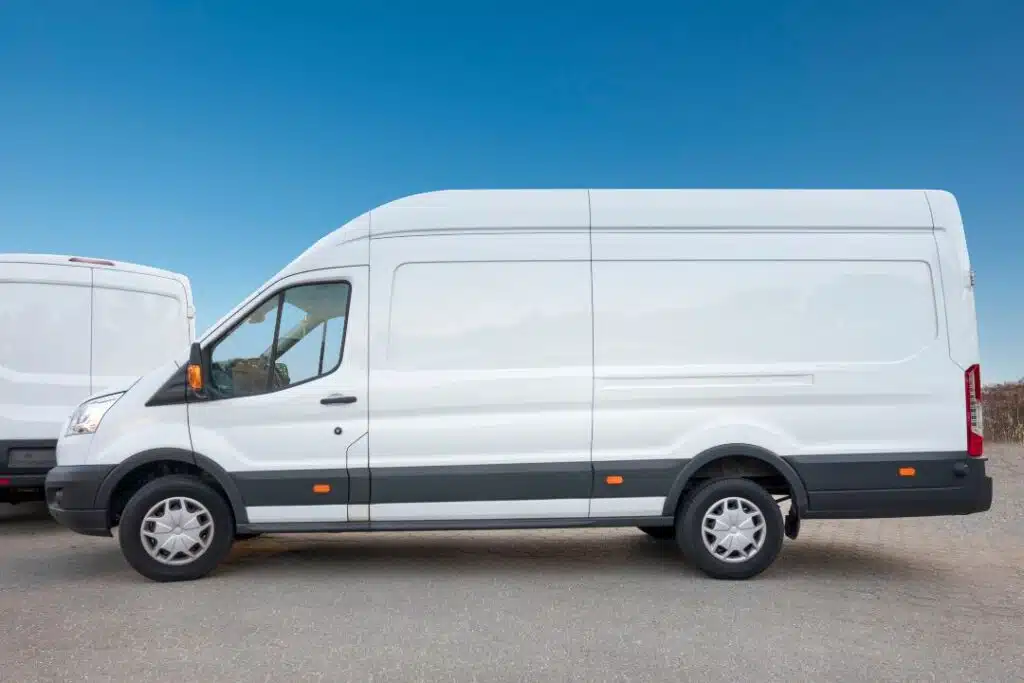

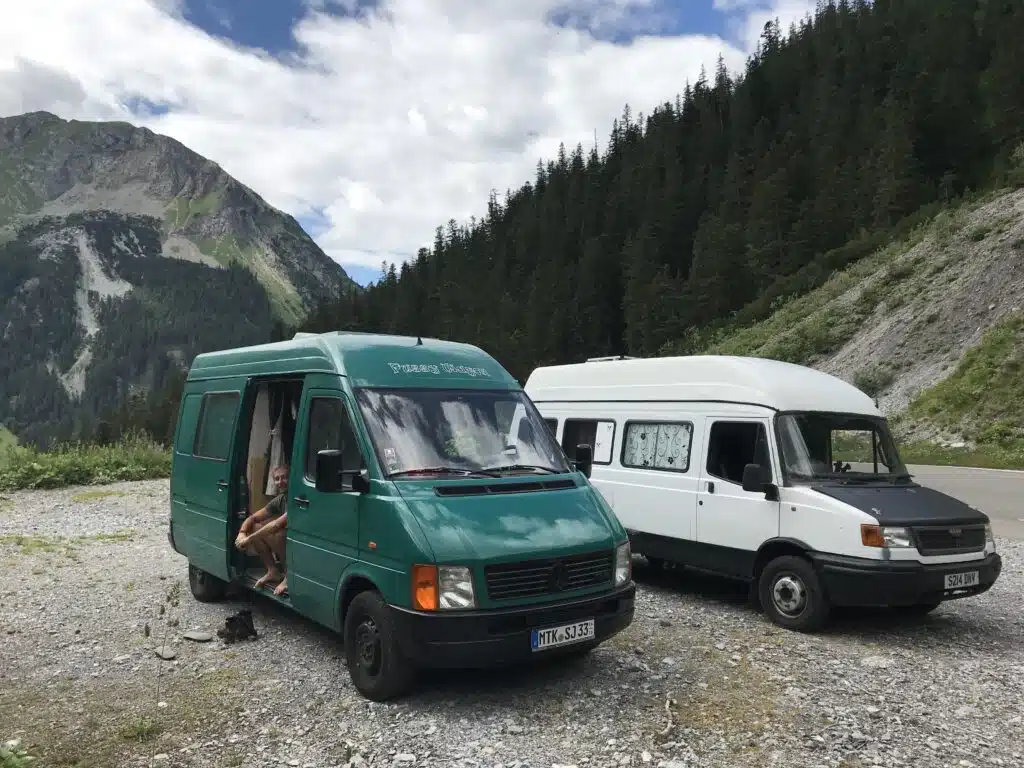

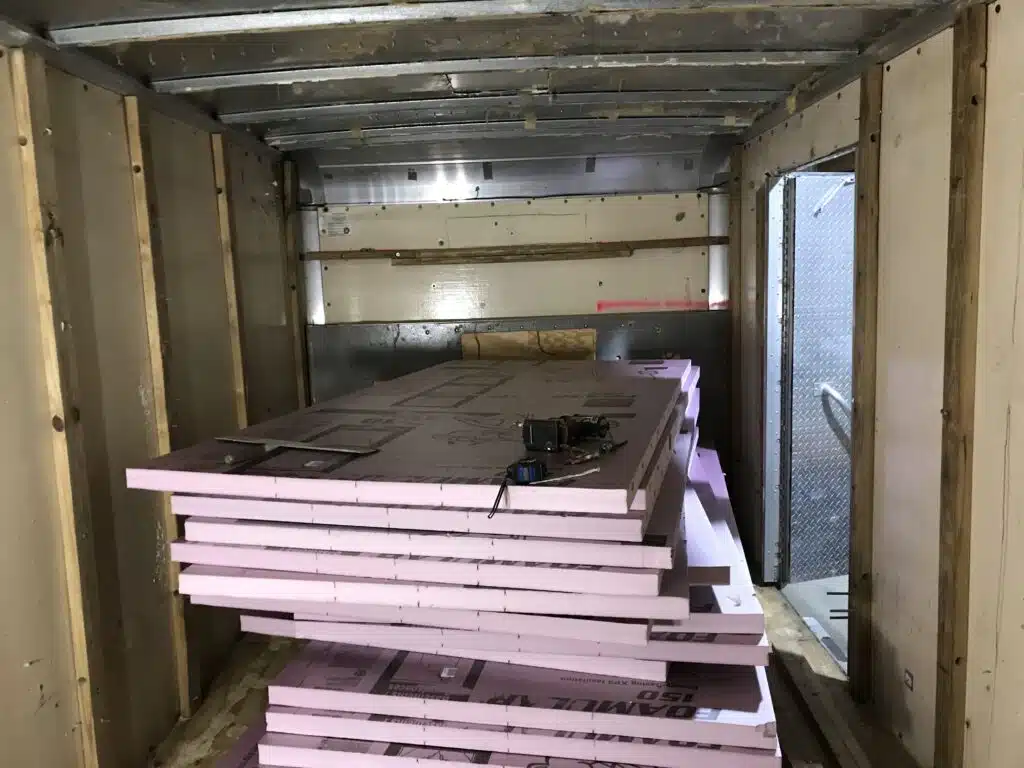
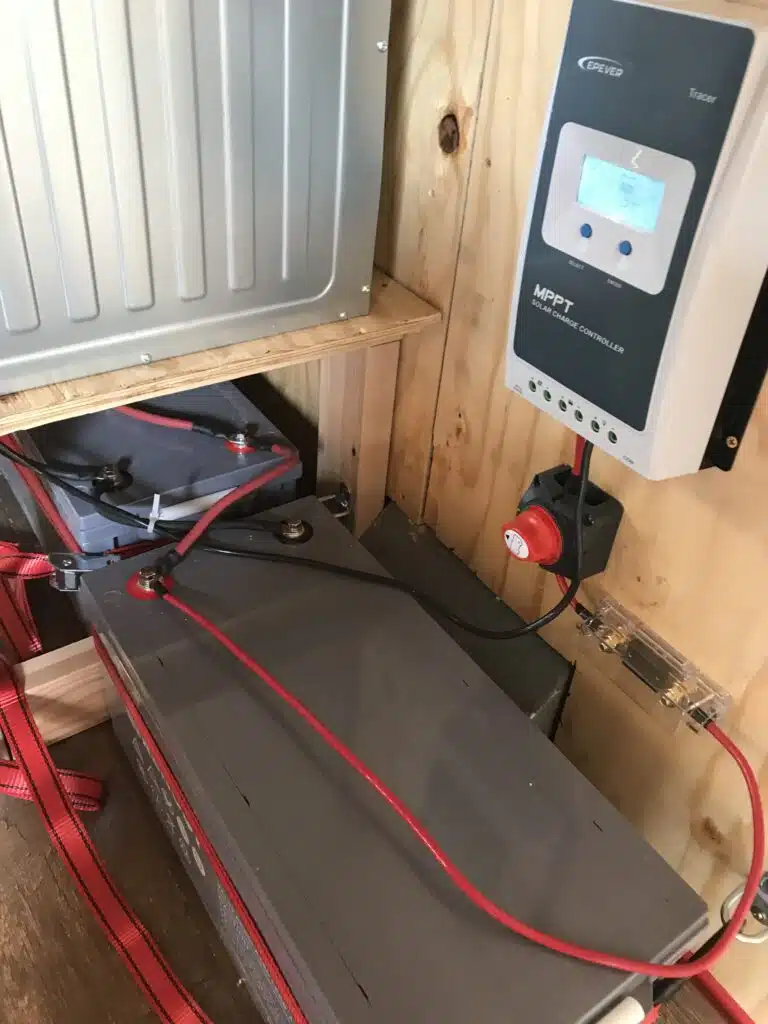
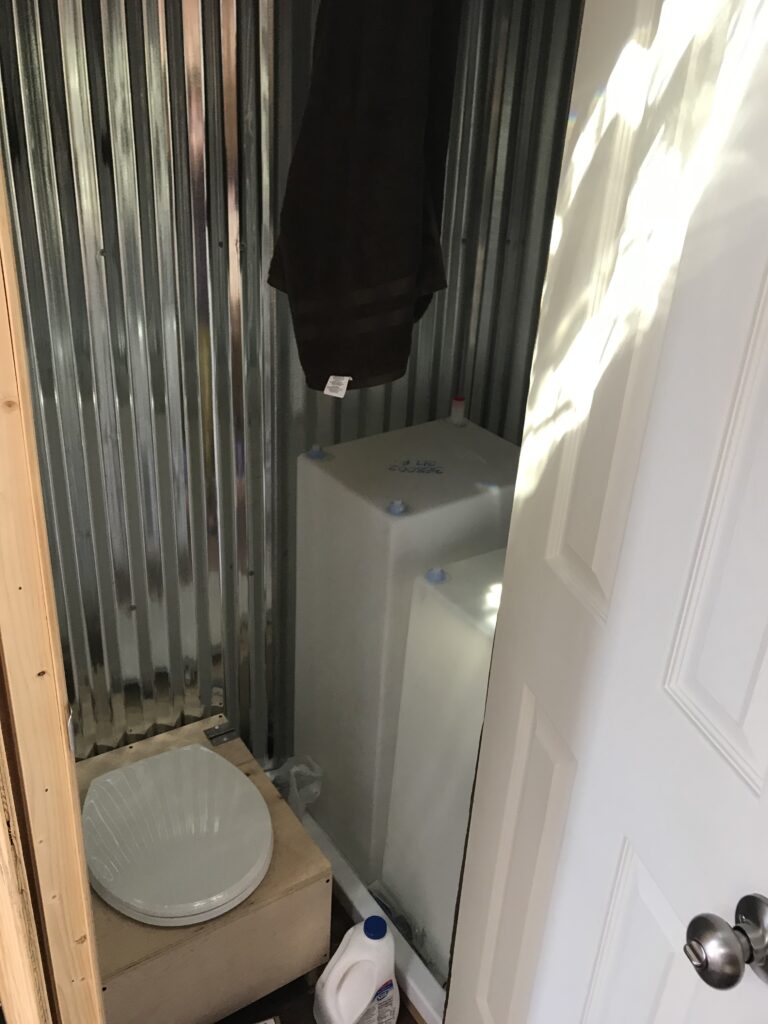

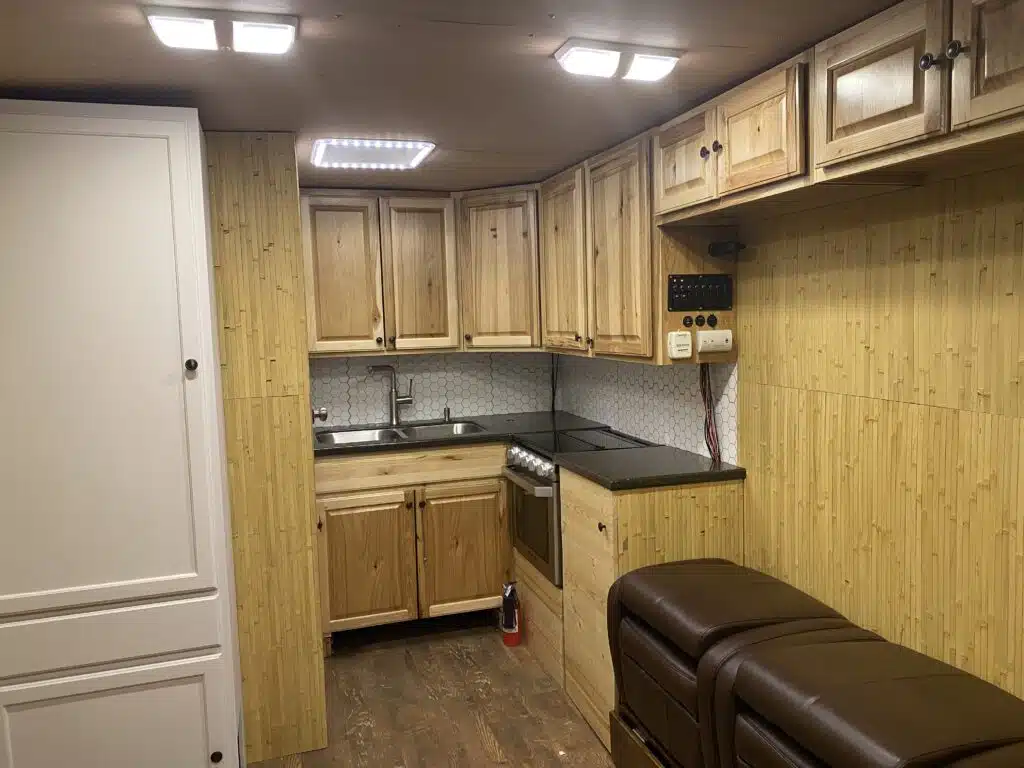
0 Comments